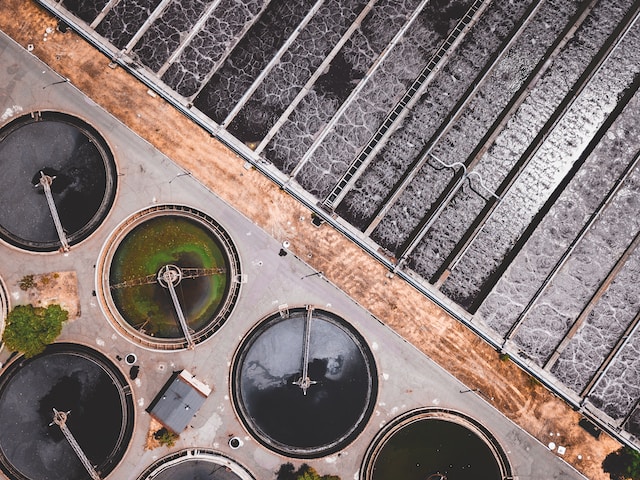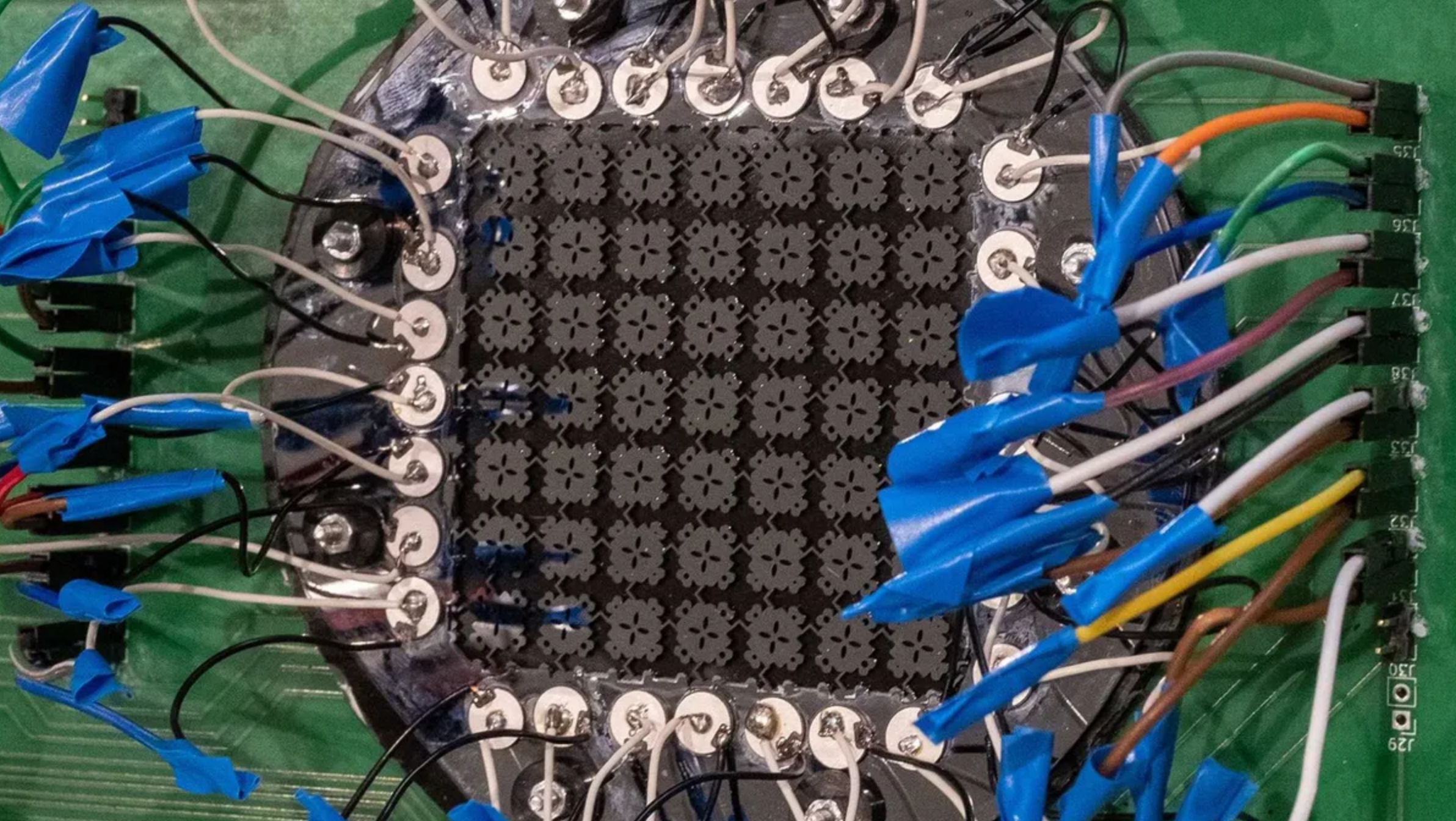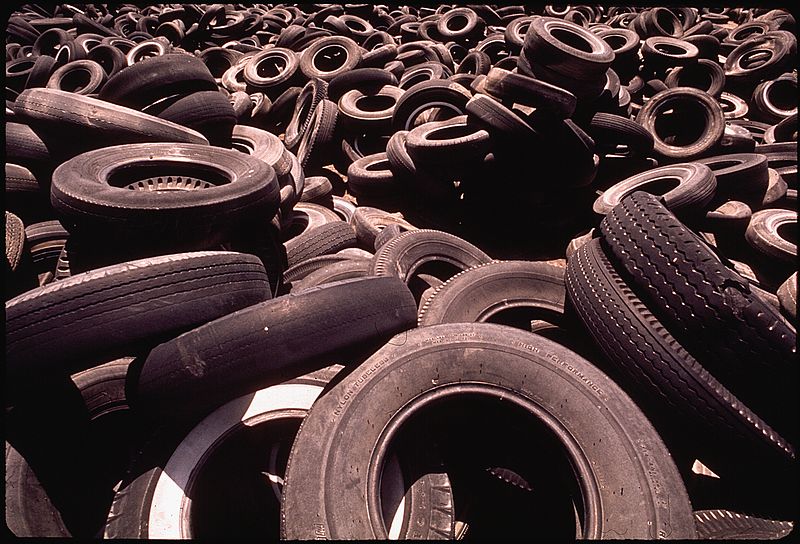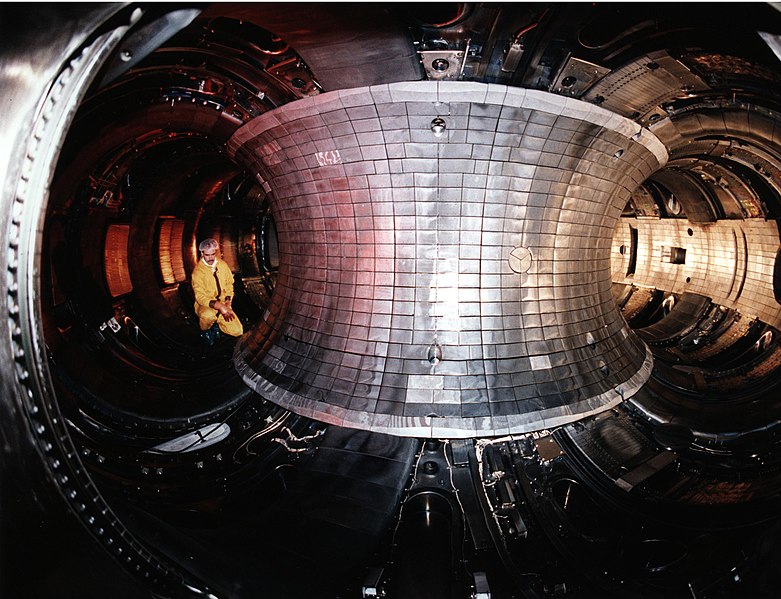Like most environmentalists, it’s possible you’re constantly seeking innovative, eco-friendly alternatives for your daily needs. Water treatment offers one of the perfect areas where you can further your efforts to reduce pollution and promote sustainability.
Traditionally, purifying water has often involved the use of chemicals and energy-intensive methods that contribute significantly to environmental degradation. But with modern technology and new discoveries, you can find many sustainable, cost-effective ways that not only clean and disinfect water but also reduce our carbon footprint.
This article explores some of the most promising green alternatives to conventional water treatment methods that suit a variety of contexts, from rural landscapes to urban settings.
1. Reed Bed Systems
Reed bed systems are among the most cost-effective, sustainable alternatives for water treatment. These natural filtration systems capitalize on the cleansing properties of wetland plant species, particularly reeds, to purify wastewater effectively.
Given their low-maintenance nature and remarkable ability to remove impurities, they are an ideal choice for rural or developing areas with ample available land space. Furthermore, these green filters don’t involve the use of harsh chemicals, aligning perfectly with environmental preservation goals.
2. UV Light Disinfection
Another sustainable and highly effective water treatment method is harnessing the power of ultraviolet (UV) light. This technique involves using UV radiation to destroy harmful microbes, bacteria, or viruses present in the water.
UV disinfection offers a chemical-free process, eliminating the worry of producing harmful by-products that can be detrimental to both human health and our environment. The best bit is that this is a quick process and doesn’t alter the taste, odor, or color of water, making it user-friendly.
3. Biofiltration
Biofiltration deserves a place in discussions about green alternatives to traditional water treatment methods. Essentially, it involves utilizing certain vegetation types and beneficial microbes to break down pollutants in contaminated runoff or stormwater.
This innovative solution offers dual benefits. One, it helps reduce the pollution load on urban water bodies, and two, it contributes to creating green spaces within communities. This intertwines environmental health with improved living conditions, making biofiltration a win-win for both nature and society.
4. Phytoremediation
Phytoremediation stands out as a unique and natural alternative to traditional water treatment processes. This innovative method employs certain plant species known for their ability to absorb, accumulate, and degrade contaminants in soil, water or air.
Not only does phytoremediation provide an environmentally friendly way to purify water, but it’s also cost-effective. The plants used for phytoremediation double up as a green cover, enhancing the aesthetic appeal of landscapes while doing their fair share of cleaning up pollutants, making this an attractive option for creating healthier environments.
5. On-Site Wastewater Treatment Technologies (OWT)
Another significant alternative towards more sustainable methods in the sphere of water treatment is adopting On-Site Wastewater Treatment Technologies or OWTs. Using an approach that marries natural landscapes and processes, OWTs efficiently tackle wastewater right where it’s produced.
Rather than relying on long-distance transportation of sewage, OWT utilizes empowered (electrolyzed) water solutions to minimize environmental impact. This not only preserves local resources and cuts costs but also fosters a circular economy that promotes sustainable practices in the broader context.
The good news is that many reputable companies, such as EAU, help reduce production costs and promote local sustainability by installing on-site electrolyzed water generators.
6. Anaerobic Digestion
For those in search of a doubly beneficial green alternative, anaerobic digestion is worth exploring. This technology uses bacteria in an oxygen-free environment to break down organic compounds present in wastewater.
But the benefits of this process don’t stop at water purification. The breakdown of organic matter also generates energy-rich methane gas. This by-product can be harnessed as a renewable source of energy, effectively transforming waste material into power, which aligns with the principles of waste reduction and resource recovery.
7. Constructed Wetlands
An innovative take on wastewater treatment is the creation of constructed wetlands. These artificial landscapes emulate natural wetland processes to treat wastewater on a larger scale than reed bed systems.
Constructed wetlands harness the filter and purification properties of natural elements like certain plants and microorganisms to provide increased water purification while reducing chemical use.
Additionally, they serve as flood buffers, create valuable habitats for wildlife, and enhance aesthetic appeal. That means opting for constructed wetlands ensures water purification coupled with vital ecological benefits.







